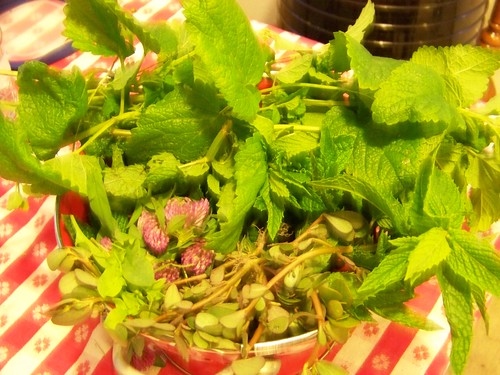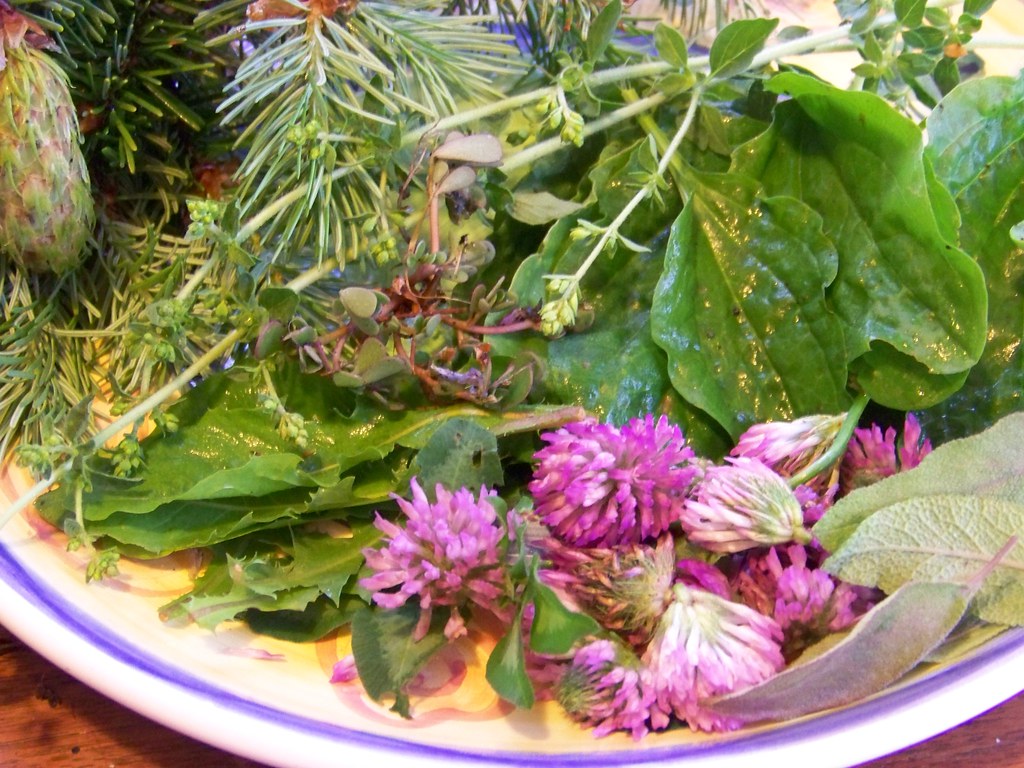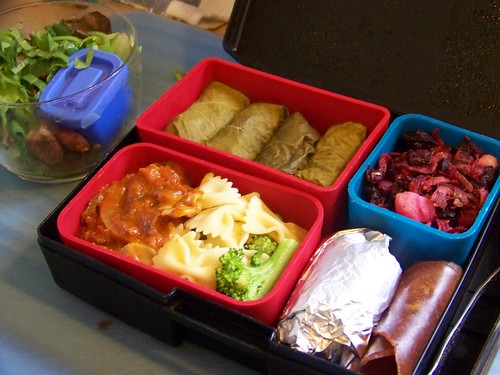I probably first heard about a mother goddess through the novels of Jean Auel and Marion Zimmer Bradley. Bradley's The Mists of Avalon is a re-telling of the King Arthur story from the
 point of view of the women in his life. The narrator of the story is Arthur's sister, Morgaine, who is brought up in the Goddess tradition of ancient Britain. Auel's Children of the Earth series is set in prehistoric Europe and her main characters travel the breadth of the continent meeting different groups of people who all share a reverence for the Great Mother. Both are fictional but based on archeology and legend as much as is possible. Both served as inspiration to a young woman who felt drawn towards "god" but had no reasonable images of the divine in her own life.
point of view of the women in his life. The narrator of the story is Arthur's sister, Morgaine, who is brought up in the Goddess tradition of ancient Britain. Auel's Children of the Earth series is set in prehistoric Europe and her main characters travel the breadth of the continent meeting different groups of people who all share a reverence for the Great Mother. Both are fictional but based on archeology and legend as much as is possible. Both served as inspiration to a young woman who felt drawn towards "god" but had no reasonable images of the divine in her own life.One thing that struck me about Jean Auel's books in particular is how the people she describes live completely off the gifts of the Mother. These are people who, like all pre-industrial people, collect all of their food, shelter, tools and everything else they use or own from natural materials. There was no option to go to the hardware store or grocery store, you had to make, find or build everything you ever used. Envisioning the divine as an ever providing Mother seems only natural to people who live this way.
In college I read a book for a class called Salmon Without Rivers by Jim Lichatowich that explored the indigenous salmon cultures of the Pacific Northwest. The Chinook people of the lower Columbia River were shrewd traders and had relative material wealth when compared to many other groups in the area. In fact, Lewis and Clark were not fond of the Chinook people because they felt them to be greedy and a bit too clever. Really, their culture was more like that of Europe than any other Native group they had met so far. They were too much like the traders of European influneced America. Lichatowich notes that there was a fundamental difference between the Chinook economic system and that of the European and American capitalists.
The Native people worked in what he calls a gift economy, while we work in an economy of extracting wealth. The Chinook understood that the salmon and beads they traded, along with every other material good they had, were a gift to them from the Earth and that gift requires an equal exchange in the future. They were not free to extract that "resourc
 e" from the Earth with no repayment, and they were not free to exploit other people or their goods. They could use them, but that use came with a price, with a debt.
e" from the Earth with no repayment, and they were not free to exploit other people or their goods. They could use them, but that use came with a price, with a debt.The Pacific Northwest tradition of a potlatch is a tangible example of this philosophy. From our Euro-centric view a potlatch seems to be simply an act of great generosity but in reality each gift given at a potlatch must be repayed, in equal value, in the future. The potlatch is both a display of wealth and a binding of community members through indebtedness. Members of these tribes would keep tally of blindlingly complex webs of indebtedness but the ultimate indebtedness was to the Earth, the ultimate source of all wealth.
I too aspire to live off the gifts of the Mother, however difficult that may be in our capitalist, consumerist, industrial society. The Goddess is still here, still providing for us, but in some very real ways we have forgotten how to recieve those gifts. Another fantastic mentor and inspiration of mine is Riana of These Days in French Life. She has worked hard over the years to create a life without money. She gardens, forages, dumpster dives, barters and creates. At first it seemed so easy for her and so hard for me, after all, she lives in the south of France. She has wild tangerine, almond, loquat and lemon trees in addition to a wide variety of herbs and a fantastic growing season for vegetables. The more I looked around my environment the more edible plants I identified. I started dabbling in foraging last summer and learned to identify a number of plants that I have actually collected and used this season.
Last week I made a meal out of foraged grape leaves stuffed with beef and rice. The beef and rice were not wild harvested (I need to learn me how to hunt next!) but plenty else in the dish is.
Wild Stuffed Grape Leaves
1/3 lb ground beef
1 tbs goose fat or other cooking fat if necessary
A handful of green onions (home grown)
1/2 tbp chopped peppermint (wild foraged)
1/4 tsp dried dill (home grown)
salt and pepper
2/3 cup rice
1/3 cup canned tomatoes (home grown and home canned) diced with their liquid
1 cup chicken stock (homemade) or water
1/4 cup raisins (wild grown and home dried)
1/4 cup chopped almonds
12 young grape leaves the size of your hand (wild harvested)
- Trim the stems from the grape leaves with scissors or a sharp knife. Pile six leaves together and dunk them in boiling water, holding them with your tongs, until they change color to a darker, almost olivey green. Take them out and rinse them under cold water. Repeat with the second batch. You want to hold onto them because you want them to stay whole and not tear. Handle them carefully before and after blanching.
- Cook up the ground beef along with the onion, salt, pepper, and dill. Add more fat to the pan if it's looking dry and add the rice to the pan. Stir and cook until the rice is coated in oil and starting to look a little translucent around the edges. Add the tomatoes, mint, rasins and almonds and liquid and stir to combine. Bring rice mixture to a boil, turn the heat down to a simmer and cover.
- Cook approximately 20 minutes until the rice is cooked, but the contents are still a little wet. Turn out onto a plate or shallow bowl so it can cool a little.
- Lay one grape leaf down on your work surface shiny side down. Add about 2-3 tbs of filling on the "palm" of your grape leaf in a little rectangle or log shape. Fold the bottom of the grape leaf over the filling, then the two sides in. Then roll the filling into the leaf as tightly as you can without ripping the leaf or spilling the filling. Lay the filled leaf, seam side down, in a bamboo steamer basket and continue to fill the rest of the leaves.
- When they are all filled and in the steamer place over boiling water and steam for just a few minutes to heat through. Serve warm or room temperature, as is or with a yogurt sauce.

1 comment:
Hello!! I have seen you lunches on flickr and noticed your blog!
Happy lunching! :)
Post a Comment